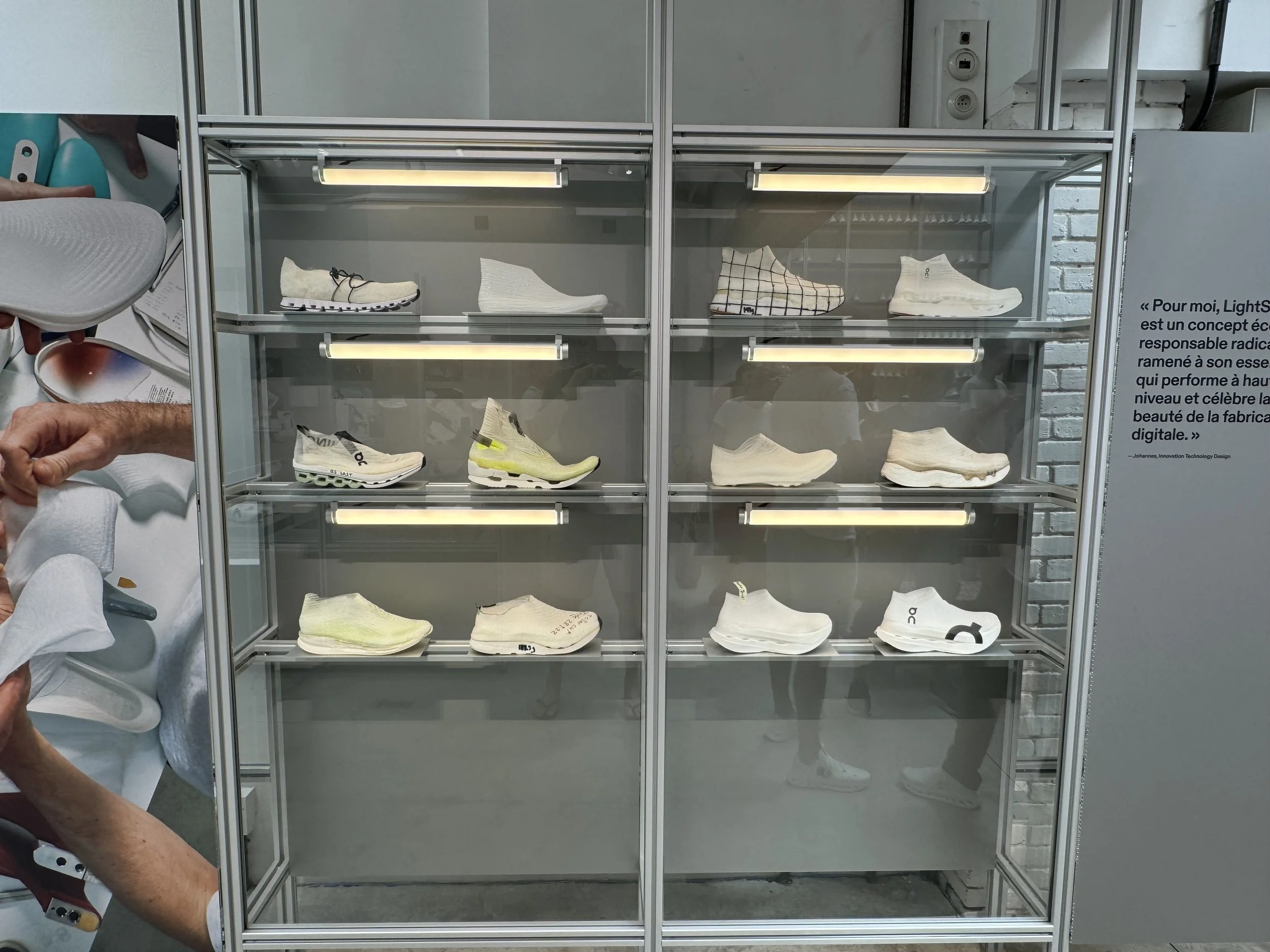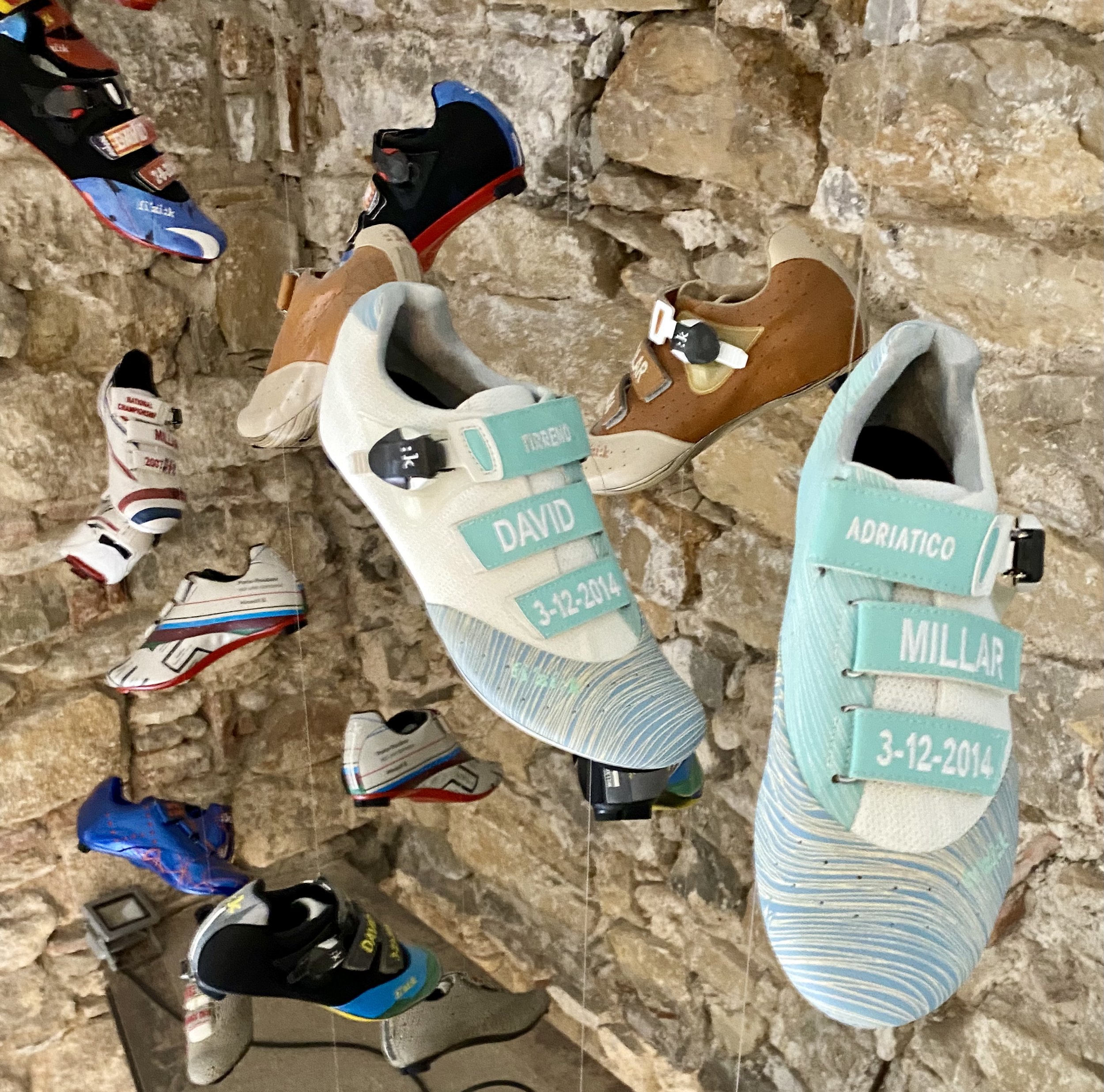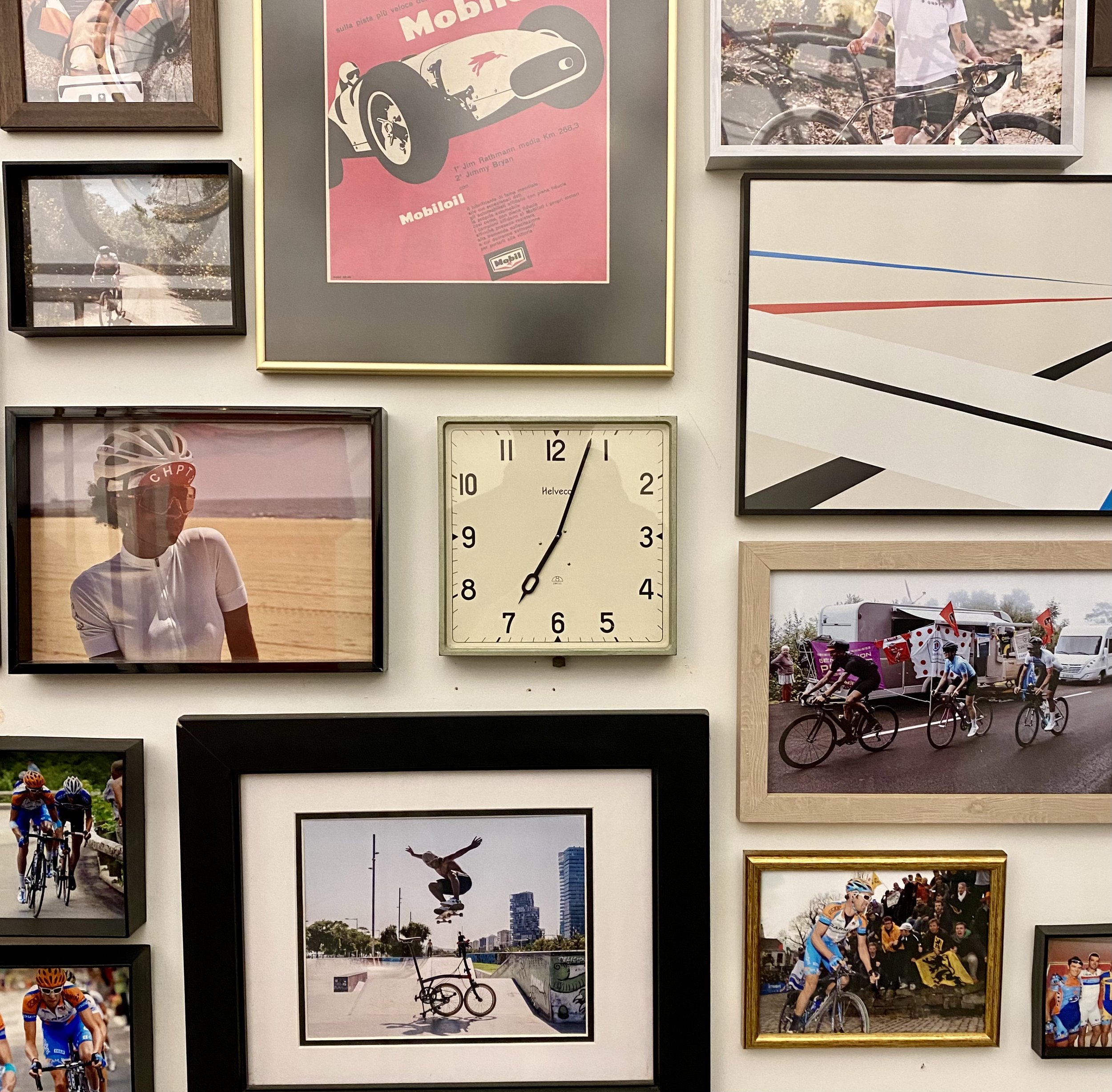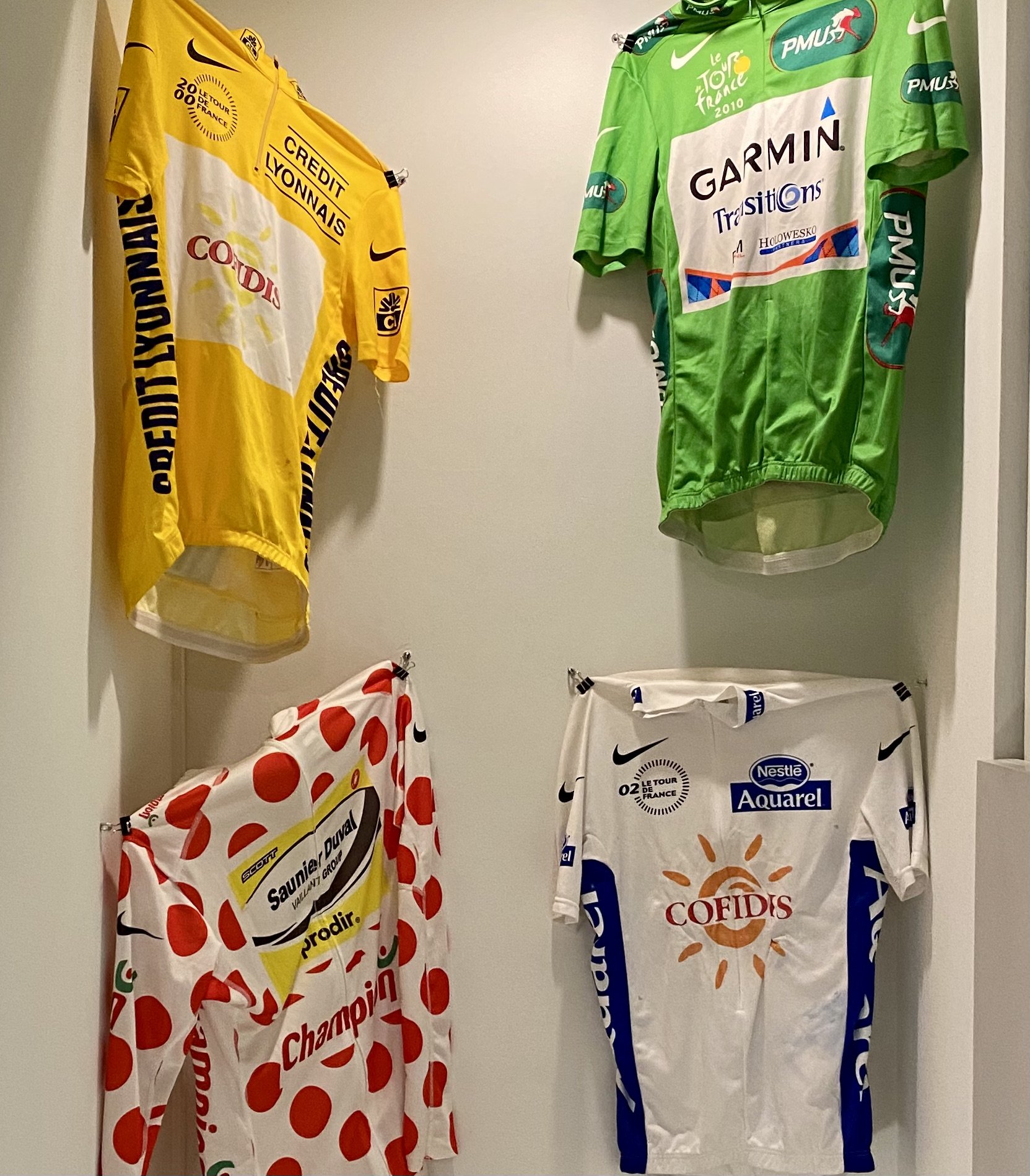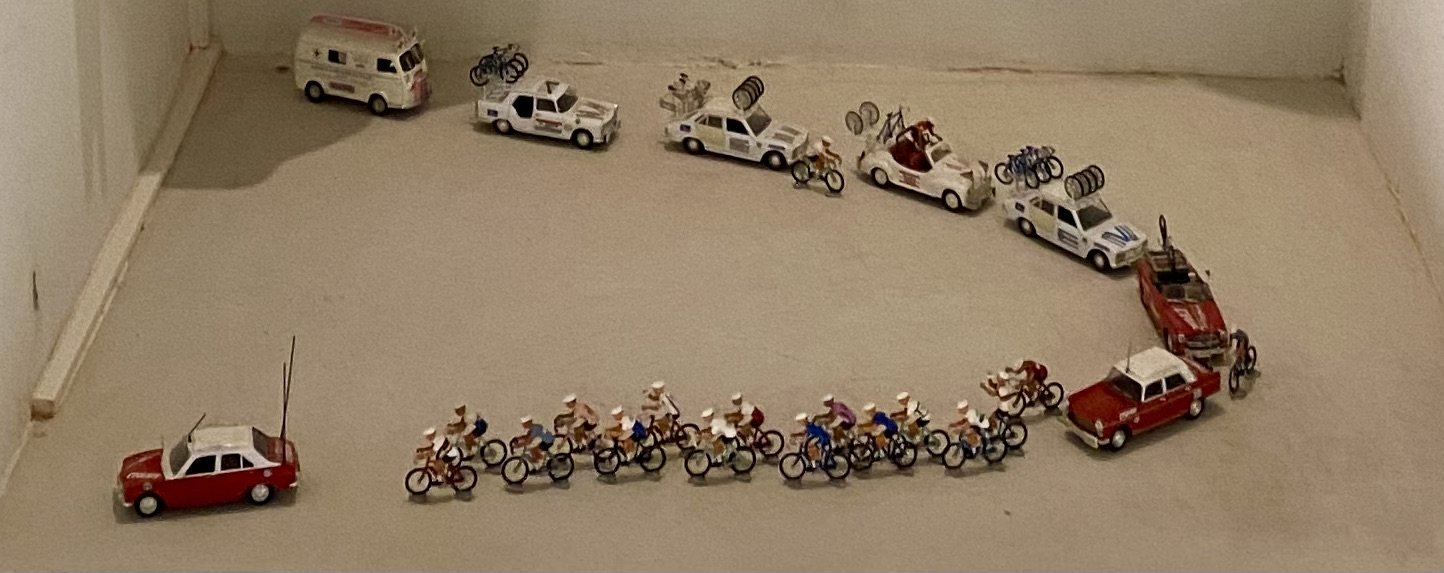Joffre Lakes, Canada, 31 August, 2022
◎⁃◎
Hello,
Welcome to Connecting Dots, the monthly newsletter on Innovation Leadership by Brett Macfarlane.
Read by over 15,000 innovative leaders in 101 countries.
This month, we look at how to foster a climate of leadership autonomy and empowerment.
Onward,
Brett
◎⁃◎
Striking a Nerve
The response was heartening. Also unexpected. Last month’s newsletter on Leaderless Teams attracted tens of thousands of readers and a lively discussion.
To think I had been a bit worried that evangelists of buzzy trends like Holocracy or “the Spotify way” might shout at me. Instead, what delighted me was receiving waves of real-world stories of people working in teams and organizations with empowerment and autonomy.
“A leader is best when people barely know they exists, when the work is done, aims fulfilled, they will say: we did it ourselves.”
~Lao Tzu
Autonomous Leaders
If I summarize the buzz around the article, I distill the key theme as an interest in Autonomous Leaders. It represents a yearning to be in situations where you are empowered and also take up a leadership role by paying attention to the needs of others.
To me, that’s the key point to me of the leaderless teams experiment—that the high-performing leaders both took up the responsibility to lead and did so by paying attention to the needs of others. A two-way working alliance between leaders and followers.
It’s not about power and control of managing others. After all, leadership, unlike management, is an act, not a position. Leadership is the act of driving change and any team member can help to drive change. Some so do continuously and others periodically. In other words, leadership is shared.
Empowering someone to lead, either by following or supporting, is of course a form of leadership unto itself. If you are the primary leader you may note a technical colleague can in parallel solve a problem and satiate their need to feel competent. Leadership is giving space for others to lead as much as being the protagonist of change yourself.
This ability to switch between the leader and follower roles is essential in situations of innovation where uncertainty and ambiguity are high, often with a significant amount of anxiety. It’s logical and normal that innovation has an aspect of anxiety as uncertainty and ambiguity will always be present when trying to do something new for the first time.
Fostering Leaders
To work through uncertainty and ambiguity, people need to feel empowered and self-motivated. This enables them to contain group anxieties and to progress the work towards the certainty and clarity that emerges as new ideas are progressively validated.
What enables people to work autonomously isn’t the model but the climate they work in. As a senior leader, you create the climate. In some global roles working across multiple innovation programs or matrix organizations, the climate of autonomous leadership is your most important job after securing a mandate and resources.
Just like in nature, the climate itself doesn’t grow things, but it creates the conditions for life. While climate can’t create directly, it can destroy. Climate can feel fuzzy but just like a gale-force wind or refreshing spring breeze it’s clearly felt and directly influences our actions.
Climate is dynamic and ever-changing. It is a realistic representation of the conditions that foster innovation as sufficient energy needs to be activated but too much unleashed is destructive.
So the big questions you should be asking are:
If you are a senior executive how do you create a climate of innovation?
If you are in an innovation team, what climate do you request of your sponsoring executive?
To answer these questions, start by seeing freedom as the material of innovation. Four specific freedoms create the conditions that empower individuals to lead and motivate them to take up their authority to lead.
The Four Freedoms of Innovation are:
Freedom from PAST
Freedom to EXPLORE
Freedom from FAILURE
Freedom to LEARN
These freedoms are equally what you are freed from and what you are free to do in pursuit of the goal.
I find the Four Freedoms of Innovation to be a realistic and holistic way of thinking about how innovation grows. It helps you take a less dogmatic approach to innovation and reconciles multiple disciplines, processes and functions that come together for an organization to do something new.
If you are intrigued by the Four Freedoms of Innovation, let me know and I’ll share a little booklet in development. I hope that the Four Freedoms of Innovation demystifies how to create a culture of autonomous leaders.
◎⁃◎
Leadership Gym
To be an autonomous leader, it’s helpful to know what motivates you in the first place. That way when engaging and meeting the needs of your teammate you can also contain your needs so you can create effective working alliances
What moves you, what compels you, what gives you that urge to make things better? You may be surprised to learn that anxiety is a window into our intrinsic motivation. Without overthinking it, which of these do you most relate to?
Validation anxiety - I want to know I’m good
Control anxiety - I want to know I’m safe
Legacy anxiety - I want to know I matter
Each of these is what I call motivating anxieties. They are the fire that compels you to do something in your professional life. We all have elements of each, but at one time we are primarily driven by one of the three.
By identifying this source of your motivation, you can harness its clarity, motivation and energy. You can also better understand why you might react, think or feel in ways that work against your goals.
Destructive behaviours, decisions and actions typically can be linked to an unmet need for validation, control or legacy. They become a gale-force wind that destroys value rather than a refreshing spring breeze that nourishes value creation.
As you set your goals for 2023, make sure you feed the need for what motivates you.
◎⁃◎
Learn more about inspired and resilient innovation leadership with Brett Macfarlane.
◎⁃◎
